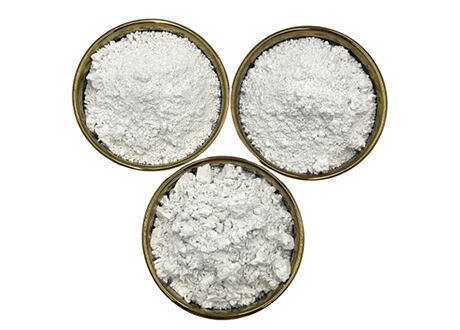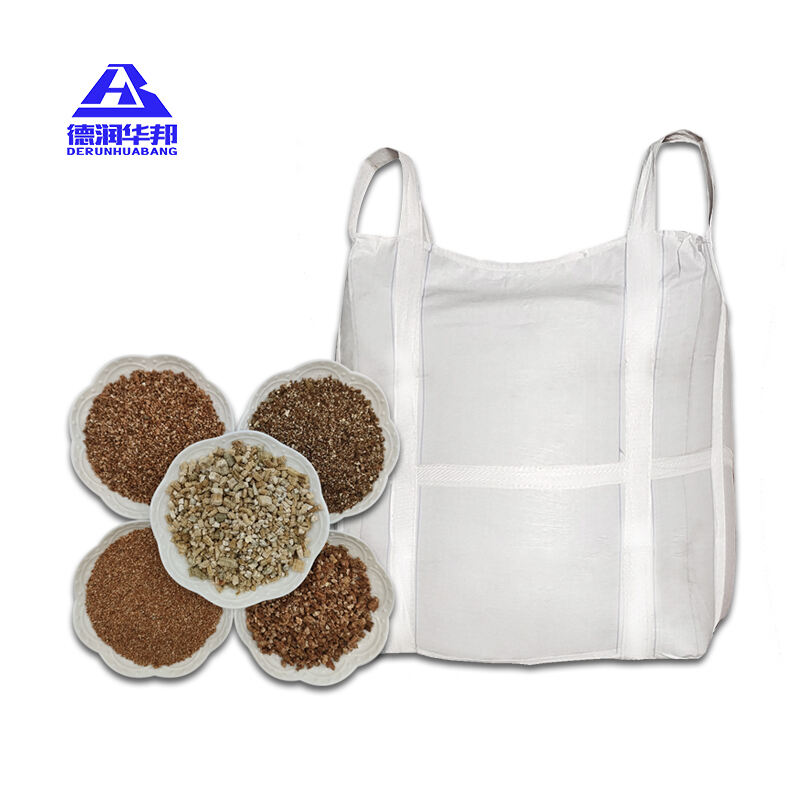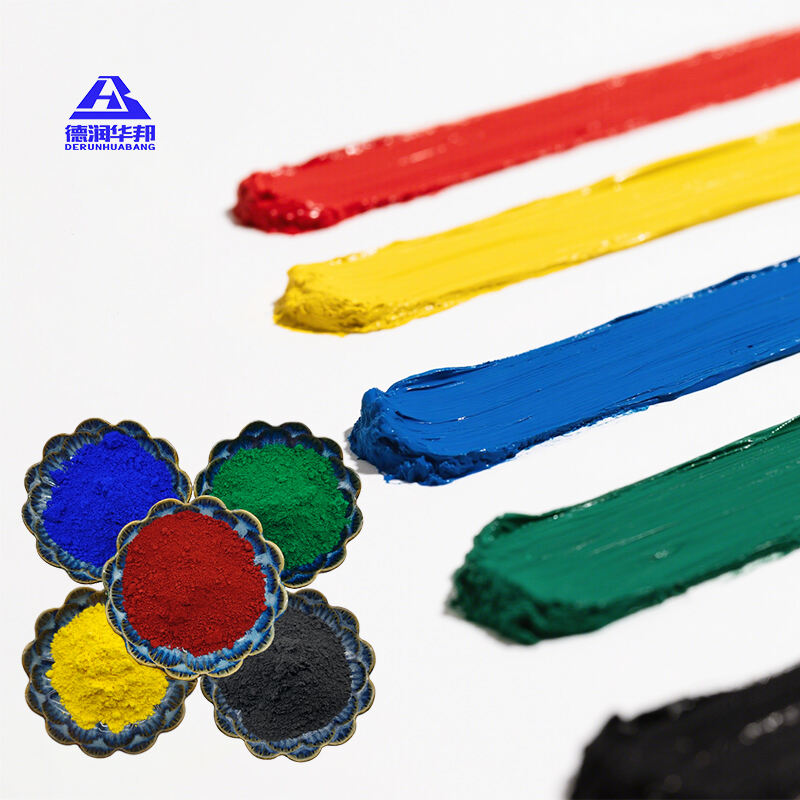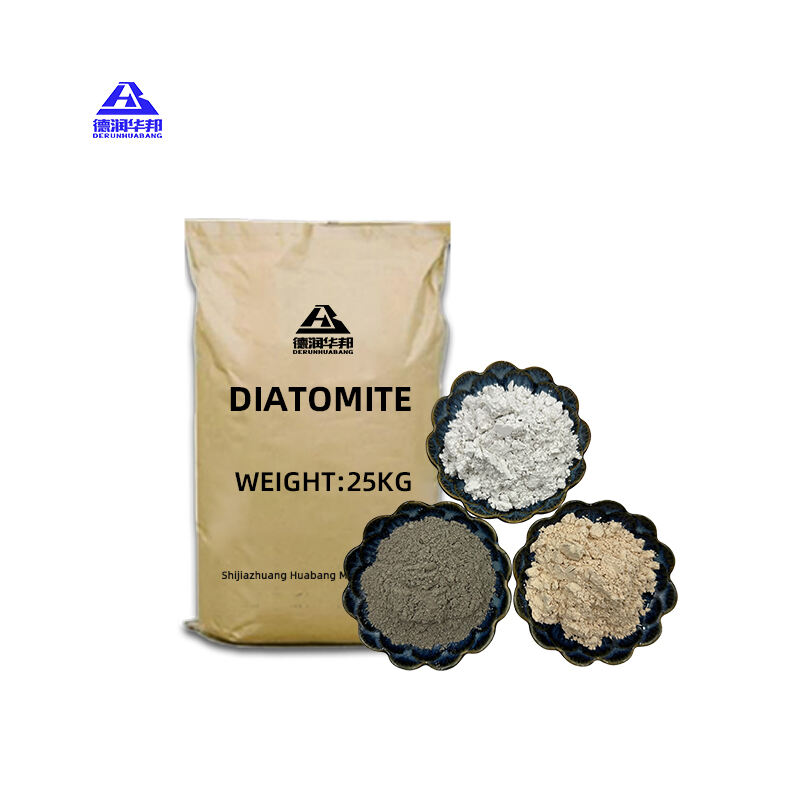 ×
×

First of all, the calcined kaolin is calcined, and the crystal type and original soil have changed. However, washing kaolin is only a physical treatment, which will not change the properties of the original soil.Secondly, the difference in whitenes...

Iron powder is a fundamental metal material that integrates multiple advantages—including stable magnetic performance, good thermal conductivity, and excellent formability—making it widely used in emerging tech fields and traditional ind...

Vermiculite emerges as versatile mineral material that caters to diverse demands of Material Innovation, Industrial Casting, and Thermal Insulation Mortar. Unlike single-function mineral additives such as perlite or diatomite—limited by narrow...

Corn Cob is agricultural byproduct left after corn kernels are separated from cobs, a material once casually discarded as farm residue but now widely recognized for inherent structural and physical qualities that perfectly suit diverse industrial ne...

Iron oxide pigments emerge as versatile eco-friendly coloring materials that bridge sustainable development and circular economy, adapting innovatively to diverse demands of green architecture, road marking, and plastic coloring. Unlike synthetic pi...

Diatomite emerges as a nature-endowed eco-friendly material that bridges sustainable development and circular economy, adapting innovatively to diverse demands of green infrastructure, fire-retardant materials, and textile dyeing filtration. Unlike...

Carbon Black stands as cornerstone in global manufacturing, a material shaped by controlled incomplete combustion of organic feedstocks, resulting in fine particulate matter with unique physical and chemical traits that make it indispensable across ...

Volcanic stones emerge from most primal and powerful forces shaping Earth, forged in fiery depths and unleashed through magma eruptions that tear through crust, painting landscapes with evidence of planet’s dynamic core. These stones are not m...

